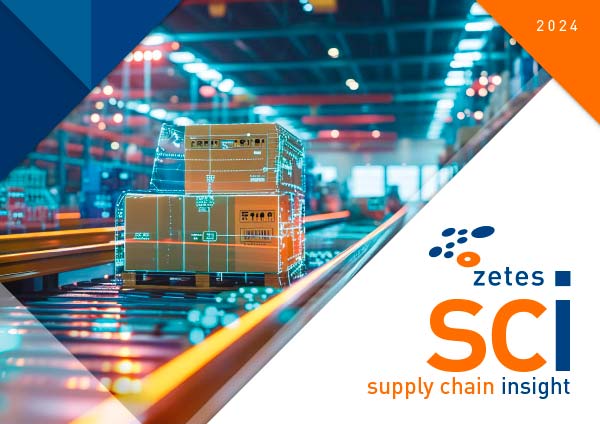Gartner predicts 40% of logistics applications will be in the cloud by 2016. Supply chain operations benefit greatly from a ‘cloud-based approach’. With innovative thinking and a central platform, users can centrally manage and deploy mobile devices.
The National Institute for Standards and Technology (NIST) defines cloud computing as a “model for enabling ubiquitous, convenient, on demand network access to a shared pool of configurable computing resources - networks, servers, storage, applications, and services - that can be rapidly provisioned and released with minimal management effort or service provider interaction”.
Cloud evolves for mobile logistics workers
Cloud applications need to be adapted to suit supply chain environments. For instance, users of traditional cloud applications access hosted software solutions via a web browser and continuously available internet connection. Mobile supply chain workers do not have guaranteed internet connectivity and switch between connected and disconnected working.
This means the application needs to be stored and operated from the mobile device itself, requiring our understanding of cloud computing to be extended for supply chain workers. It does not compromise the wider benefits of speed, productivity, ease of use and cost efficiency, seen when migrating to a cloud-based application. In addition, user profiles, devices and applications can be managed centrally without impacting supply chain operations.
"Platform provides new layer of abstraction and acts as cloud-based application store, facilitating software deployment, device and user management."
Zetes achieves this using a MEAP (Mobile Enterprise Application Platform) which is a comprehensive suite of products and services that enable development of mobile applications. The platform includes Mobile Device Management (MDM), Mobile Application Management (MAM), Mobile Application Development (IDE) and comprehensive integration capabilities. This platform handles casually connected devices. It means that even if operators are working offline, application updates and data are transferred to devices once connectivity returns.
Platform approach resolves BYOD compatibility issues
A ‘platform’ approach increases security and provides open access scalability, higher performance and redundancy. Moreover, customers eliminate the costs of acquiring an IT infrastructure, local management, ongoing maintenance and device configuration. It can also resolve issues created by trends like bring your own device (BYOD), the proliferation of operating systems and shorter device lifecycles.
For e.g. Android is becoming common in addition to Windows Mobile 6.5 and Windows 8. Since these environments are incompatible, in a traditional approach, a separate application based on different development languages is required for each, adding cost and complexity to implementations. A MEAP integrated development environment solves the issue by generating an application abstracted to the operating system, making it completely portable. Indeed, shorter device lifecycles need organisations to be agile enough to deploy more devices and support multiple operating systems.
Logistics can benefit from SaaS savings
Cloud-based systems bring cost savings because it is no longer necessary to specify hardware processing power according to maximum capacity peaks. Instead the system can adapt dynamically as workloads vary, which is more cost effective.
The cloud approach enables logistics applications to be offered as Software as a Service (SaaS), bringing additional advantages. It creates an elastic “pay as you grow” architecture, allowing licences and users to be added or removed easily. Companies facing high seasonality can add temporary users quickly and having a managed service means customers have peace of mind over ongoing application management. Importing enterprise IT trends into supply chain applications directly is not always feasible and a mobile enterprise application platform ensures the best of all worlds.
Practical example to illustrate the benefits
Consider the following hypothetical example to appreciate how this can benefit a user in practice. A logistics provider has a mobile estate consisting of 150 Motorola MC67, 200 Intermec CN70 and 180 Honeywell Dolphin Black. Some devices are running Windows and others Androïd OS. The company requires a refresh of its legacy proof of delivery (POD) software, which means having to write specific versions of the software application to run on each device and two additional versions for Mobile Device Management (MDM), each with different reporting features. By opting for a cloud based platform, this logistics provider is able to deploy a new POD in 2 weeks, each with identical functionality and reporting, across all devices in its estate simultaneously. At the same time it enhances several applications to provide reverse logistics support and asset tracking of re-usable containers and pallets. Now, with centralised MDM, all devices and operating systems, future change requests and version control are easy to manage in an instant.
